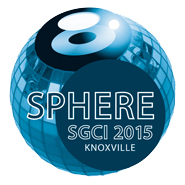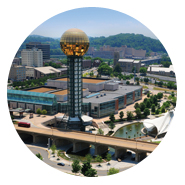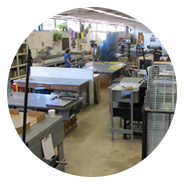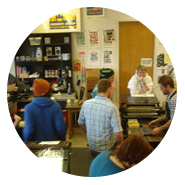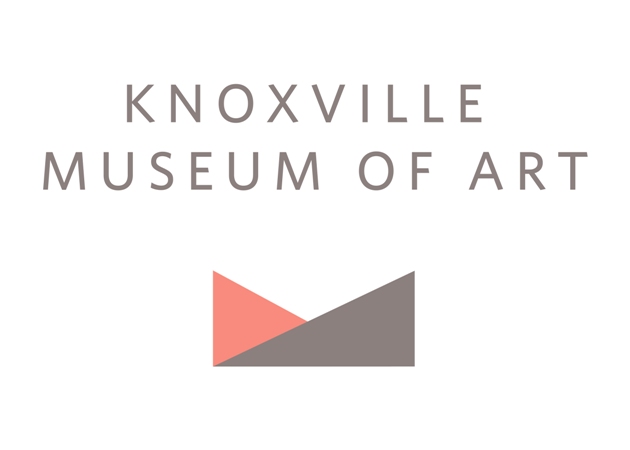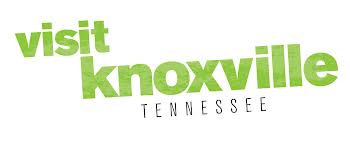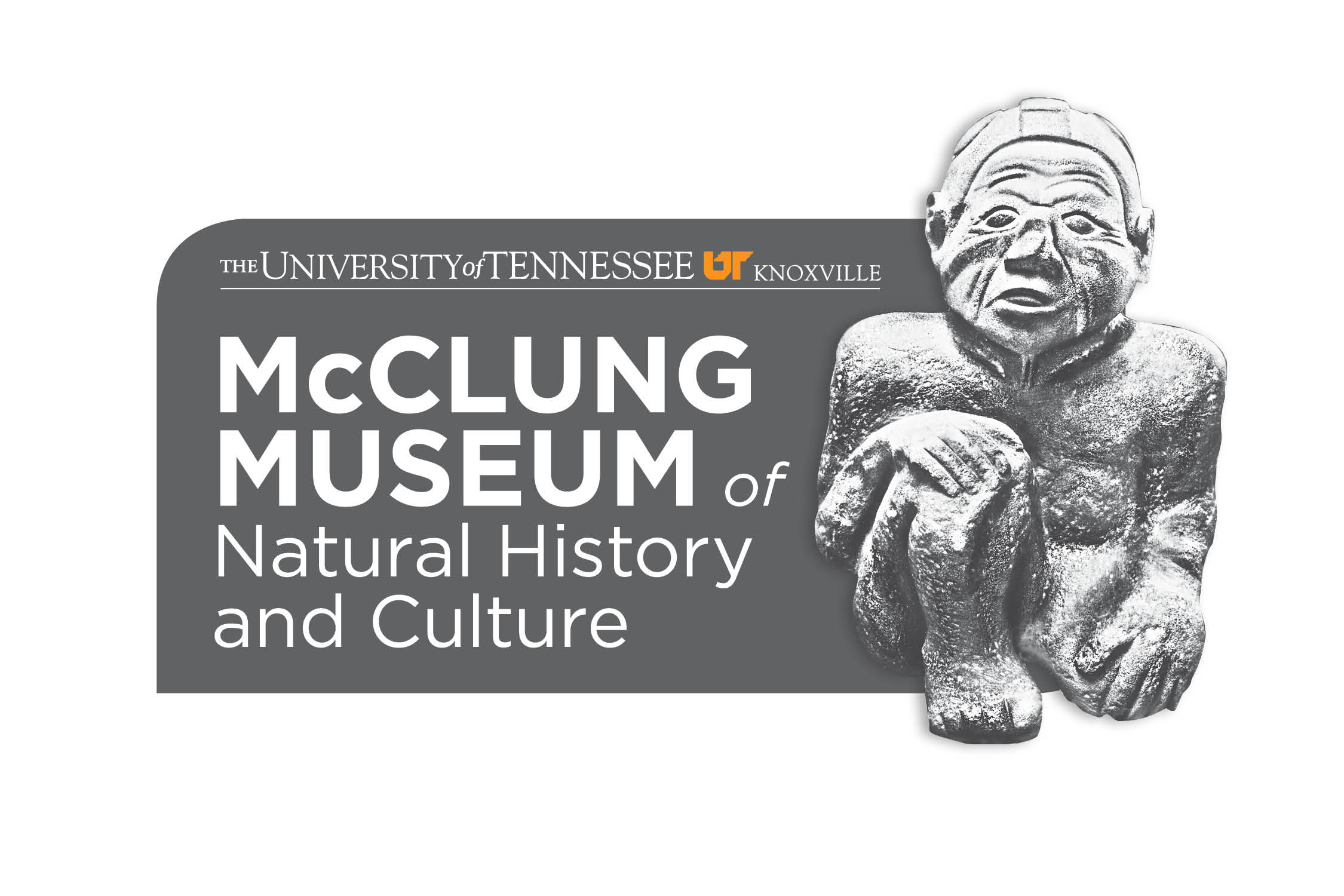panel session I2
AT THE CORE: PRINTMAKERS AND GEOLOGIES
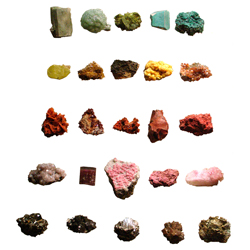
SATURDAY MARCH 21, 10:00-11:30AM
KNOXVILLE CONVENTION CENTER, LECTURE HALL
Session Chair: Laura Berman, Kansas City Art Institute, Kansas City, Missouri, USA
Email: lberman@kcai.edu
To acknowledge the earth as a sphere is to also know its own volume and placement within a larger whole. One analogy for our earth is that of a machine– either put in place by a higher power or devoid of the interests of humankind, the earth is a sphere that continues to recycle itself, leaving behind rocks as the traces of its upheaval. The large sphere we collectively inhabit provides infinite cycles of growth and re-growth. The artists on this panel acknowledge the earth and these cycles through their work in an assortment of ways: from its connection to us as individuals, collectors and scientists. Through engaging with rock forms, each of these artists utilizes print media to speak about the personal, philosophical, and psychological relationships they have with science and art. Printmaking is the ideal synthesizing medium and this presentation focuses on the intersections of art and science that the print medium itself provides.
Presenter 1: Shawn Bitters, The University of Kansas, Lawrence, Kansas, USA
Paper Title: Creating Personal Landscapes in the Anthropocenic Era
For eight months in 1783 a volcano, in southeastern Iceland, emitted enormous amounts of lava and sulphuric gases. It was one of the largest outpourings of lava in recorded history. The result of this catastrophe was the death of 20% of the Icelandic population and 60% of their livestock. Jon Steingrimsson, a pastor, whose town and church were in the path of the encroaching lava, gathered his congregants into the church. He preached that the eruption was punishment for their many sins. He urged them to repent or face destruction. As they prayed the lava flow shifted direction and all the repentant worshippers in the church were saved.
A modern reader of this account would look for a separate understanding of what saved the churchgoers. James Hutton, known as the founder of modern geology, developed some of the first scientific hypothesizes about the long history of our planet in the 18th century and still we are no where near reconciling scientific fact with a variety of religious traditions. As an artist I am interested in how we construct our view of the natural world through the filter of our belief systems. As we enter a new geological epoch, the Anthropocene, where humanity is the most powerful geological force on the planet, it seems a very pressing issue to examine.
Presenter 2: Nicole Geary, Independent Artist, San Antonio, Texas, USA
Paper Title: Geology and Personal History in Printmaking
As a forefather to geology, James Hutton challenged the traditional role of thinking about the age of the earth. The features he witnessed across Scotland indicated that the processes that formed it were still in progress, cycling through phases much like a machine in motion, and reflecting a world that was not created once in perfect form but was still undergoing change. His observations and theories revealed to humankind the idea of “deep time.” My work as a printmaker has been shaped by these concepts, and a combination of interests including geological formations, stratigraphy and memory. The process of how humans form memories and create lasting impressions of events correlates interestingly to the processes of earth’s rates of sedimentation and compaction; perhaps where we see unconformities in the landscape, there is no “memory” of that event or time period in the history of the earth. In my presentation, I demonstrate analogues to our experiences from within the body to what we see in the earth’s strata, comparing our physical and emotional responses to the processes that have shaped the earth now and in the past. My work and presentation operates on the deep and structured methodologies that connect geological theories to the concept of memory, and tie the emotional realm to the scientific.
Presenter 3: Laura Moriarty, Independent Artist, Kningston, New York, USA
Paper Title: The Studio As Ecosystem
My work comprises a cohesive collection of three-dimensional paintings, site-specific installations and works on paper that use the process of making to contemplate and compare human and geologic time. Through this presentation, my aim is to open up a dialog about how an artist's ideas, philosophy and experiences can merge with their actions through an open, immersive and flexible studio practice. I will begin with an introduction to my geologically-inspired sculptural paintings, showing the evolution of my recent work, which considers strata as historical formations. I will talk about my decision to publish my book, 'Table of Contents', as a means of leaving "abstraction" behind, and engaging head-on with the geologic. I will talk about how my studio functions as a micro-ecology that follows a no-waste mandate, and how this practice led me to the breakthrough process of encaustic monotype.
Presenter 4: Dr. Amanda Thomson, Glasgow School of Art, Glasgow, Scotland
Paper Title: Printing the Storied Landscape: An Expanded Field of Printmaking that takes account of the Space, Constructedness and the Temporalities of Place
Scotland has a storied landscape, and this paper will consider the use of print in the exploration of its complexities. I will focus primarily on my arts practice-based, multi-disciplinary doctoral research which was about some of the forests of Scotland, and how we, as artists, might approach place as multi-sensorial, made and containing complicated and long-term ecological and social histories. I will discuss how the use of print has been an important medium for exploration and assisted the conceptual ideas behind my work, as well as how I have utilised an expanded field of print that includes not only etchings, lithographs, screenprints and artists books, but also incorporates video, sound and sculptural works. I will also draw on the work of other printmaker/ artists who work at the Glasgow School of Art whose works also engage with the ancient and storied nature of the landscapes of Scotland.
